A water tower in Luxembourg hosts an iconic photography exhibition
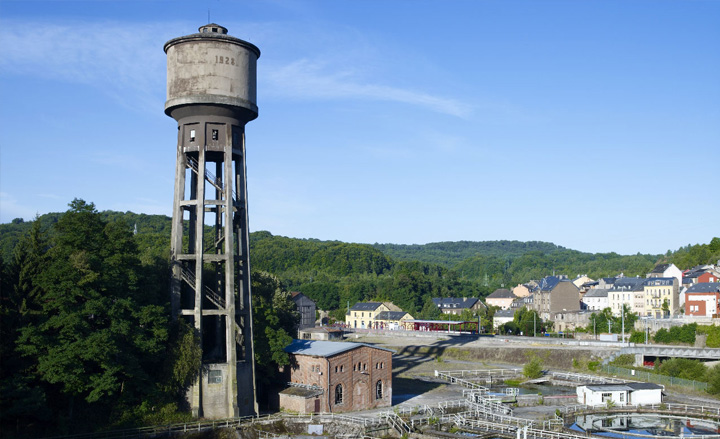
One of the most iconic photography collections in the world has found a striking new home in a town called Dudelange in southern Luxembourg.
Late photographer and curator Edward Steichen's exhibition The Bitter Years, put together during his time as director of the photography department at New York's MOMA in the 1950s and 60s, eloquently documents beaten down rural America during the Great Depression of the 30s. It was first shown at MOMA in 1962 but fifty years after its first showing it has found a permanent home in a converted 56m-high water tower on a disused steel plant located next door to the country's hi-tech Centre National de l'Audiovisuel (the CNA).
Steichen's original layout for the exhibition, his decision to group the photos by theme and into specific configurations, has been faithfully adhered to. 'He used the museum's walls like the pages of a magazine,' says Françoise Poos, photography curator and editor of the exhibition catalogue.
Steichen's significance in the history of photography cannot be underestimated. He was an innovator and a precursor. 'You didn't see photos like this in an art museum before him, that was simply never done before,' says the curator.
The show starts in a darkened and air-conditioned room at the base of the water tower with themes such as Disaster and Drought and Erosion. Images by the likes of Walker Evans and Dorothea Lange show queues of black men waiting in line for food (only the sides of their coats, scuffed hands and scratched plates are visible) and the worn faces of worried and resigned mothers.
It continues in the old water tank at the top of the tower where photos show men and women sitting on desolate roadsides surrounding by luggage and families sleeping rough. The headings here are eviction, exodus and homeless and, given the current economic situation in the western world, the photos are as powerful now as they were 80 years ago.
The tower was restored and converted by local Luxembourg architects Kaell Architecte. The material palette is simple and fitting given the site's former incarnation: concrete and steel.
Shipping containers are used to house the ticket office for instance and to create a passageway between the tower and the neighbouring pumping house - an airy brick building that will house temporary exhibitions (the first one is dedicated to work by young British photographer Stephen Gill).
A panoramic lift brings you from the base of the tower to the to the base of the water tank, but it's when you descend the new internal staircase - made, like the elevator shaft, out of wood-formed concrete to differentiate it from the tower's older sections - that you see the geometric structure of the tower really come alive. Its regular grid-like columns frame every view and there are dizzying and dramatic vistas in all directions.
'I tried to use very simple elements to convey the sort of excitement and emotions I felt when I first visited the site,' explains Claudine Kaell, founding director of Kaell Architecte.
Next year the most successful photography exhibition of all time, the Family of Man, also curated by Steichen, will reopen in a refurbished castle in northern Luxembourg (where it has been on display since 1994). As Luxembourg's minister for culture said at the tower's official opening on the 27th of September: 'There's more to Luxembourg than banks.' Based on these poetic and thought-provoking new photography spaces and exhibitions, there most certainly is.
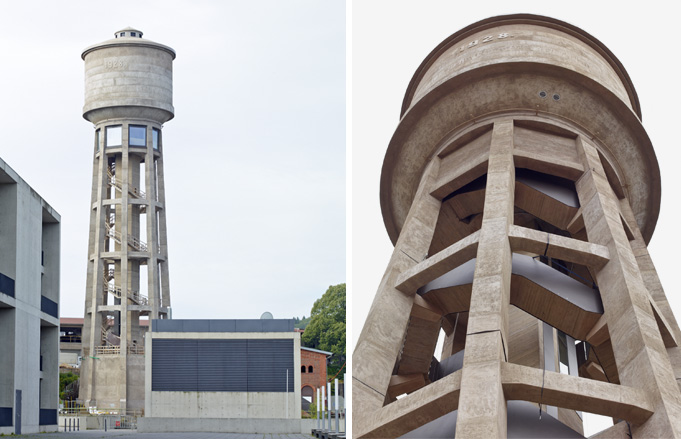
The 56m-high tower on a disused steel plant, next door to the Centre National de l'Audiovisuel (CNA), has been converted by Kaell Architecte.
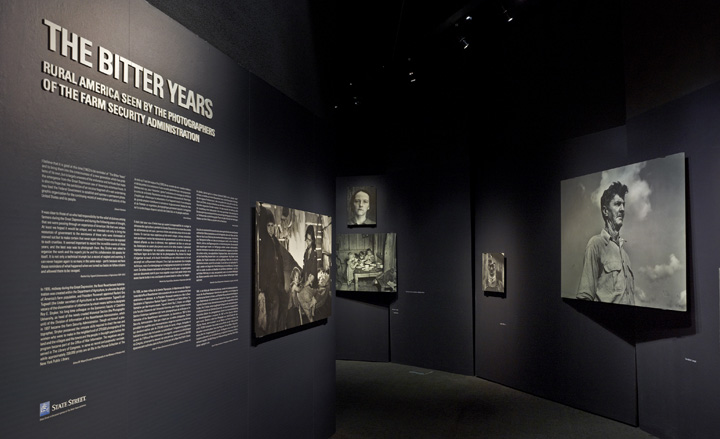
The first floor of the exhibition, which eloquently documents beaten down rural America during the Great Depression of the 1930s. Only 84 of the 204 photographs in the Bitter Years collection can be shown in the tower, due to space constraints, but they will be rotated to coincide with future temporary exhibitions.
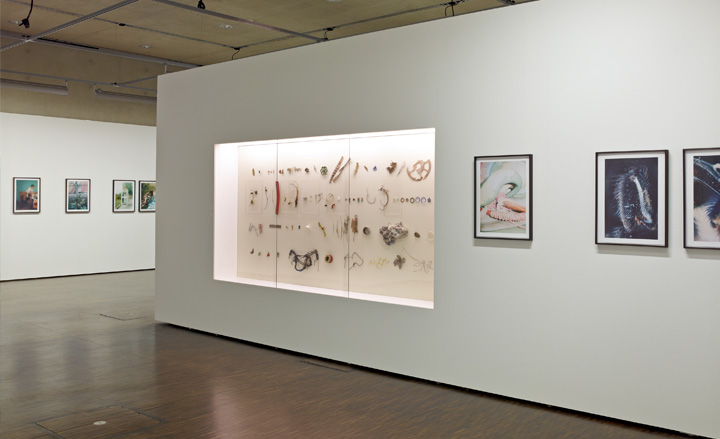
The neighbouring pumping house will play host to temporary exhibitions, the first one dedicated to the work of young British photographer Stephen Gill
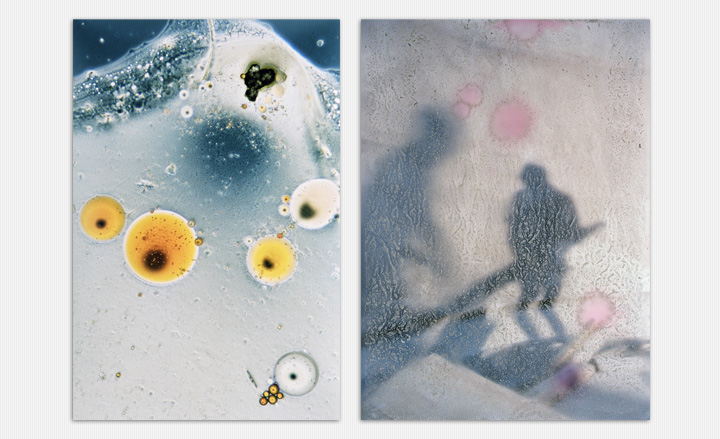
Works by Stephen Gill
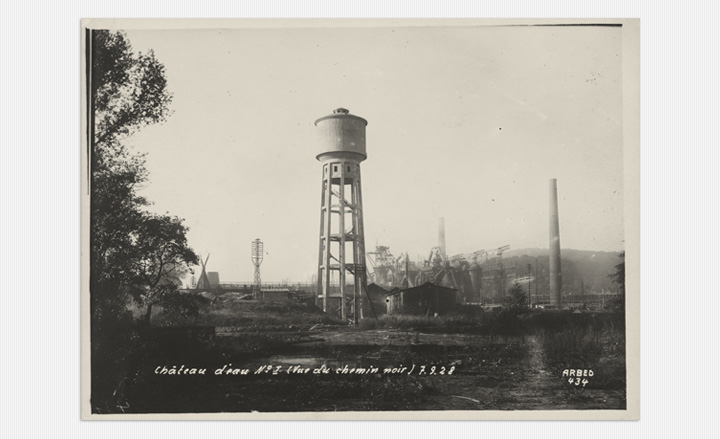
A historic picture of the tower, from the archives of the Centre National de l'Audiovisuel (CNA)
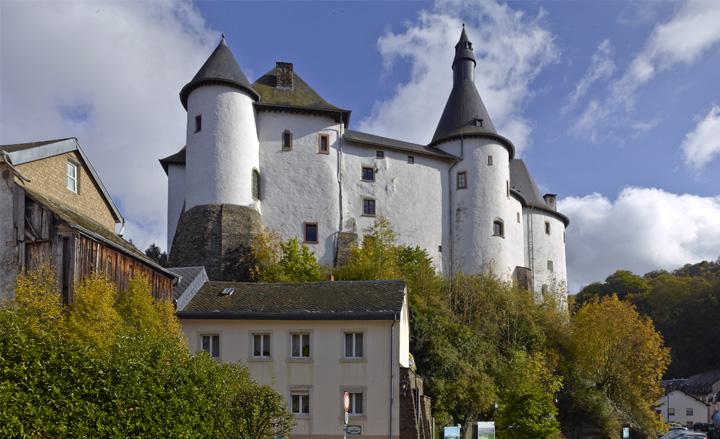
Another hugely successful Edward Steichen photography exhibition, the Family of Man (first shown at MOMA in 1955) has been on display at Clervaux Castle in Luxembourg since 1994. The castle is currently be renovated and will reopen in June 2013
ADDRESS
Centre National de l'audiovisuel (CNA)
Wassertuerm + Pomhouse
1b Rue du Centenaire, 3475 Dudelange, Luxembourg
352.5224241
Wallpaper* Newsletter
Receive our daily digest of inspiration, escapism and design stories from around the world direct to your inbox.
Giovanna Dunmall is a freelance journalist based in London and West Wales who writes about architecture, culture, travel and design for international publications including The National, Wallpaper*, Azure, Detail, Damn, Conde Nast Traveller, AD India, Interior Design, Design Anthology and others. She also does editing, translation and copy writing work for architecture practices, design brands and cultural organisations.
-
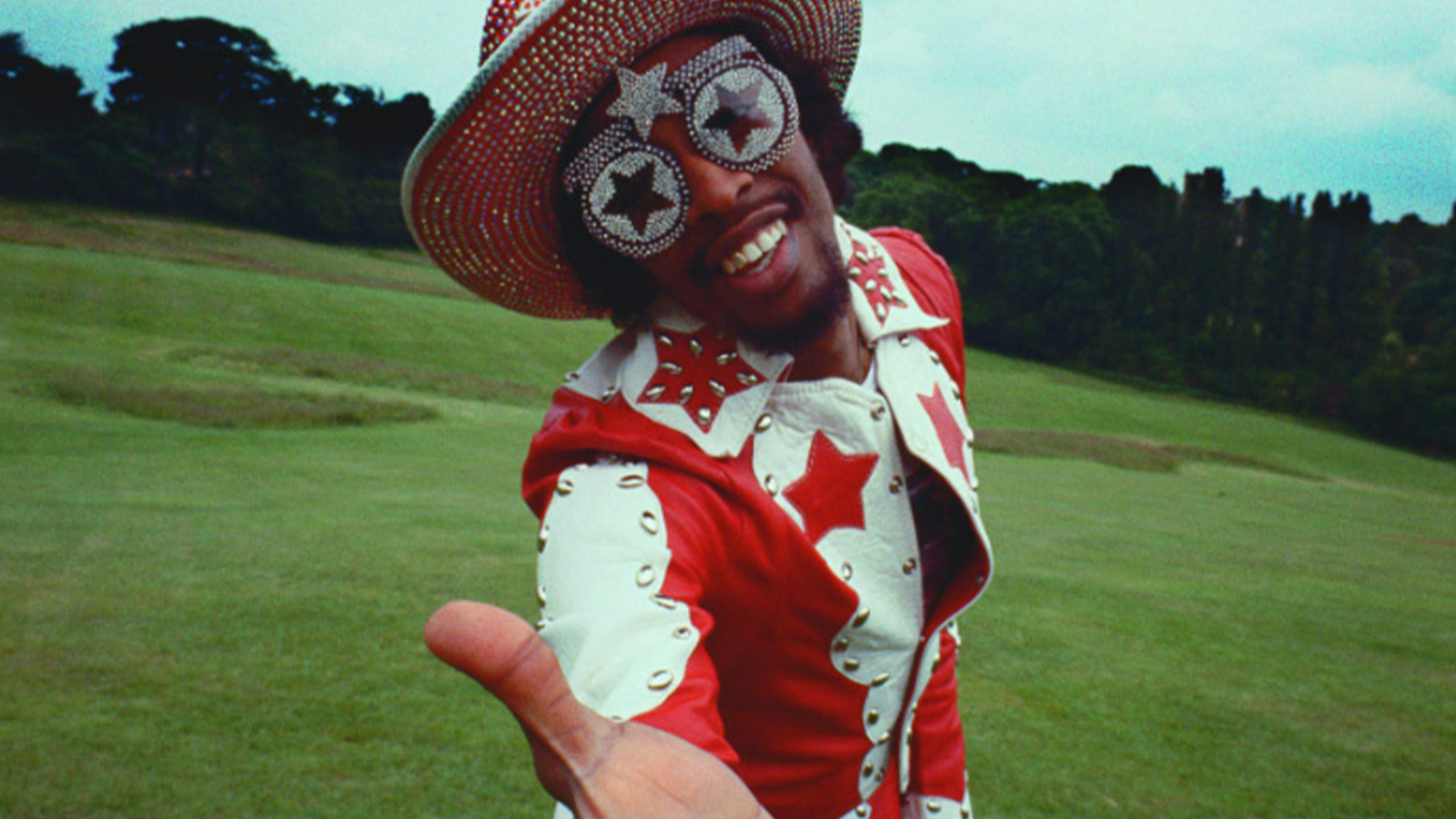 Paris art exhibitions to see in May
Paris art exhibitions to see in MayRead our pick of the best Paris art exhibitions to see in May, from rock 'n' roll photography by Dennis Morris at MEP to David Hockney at Fondation Louis Vuitton
-
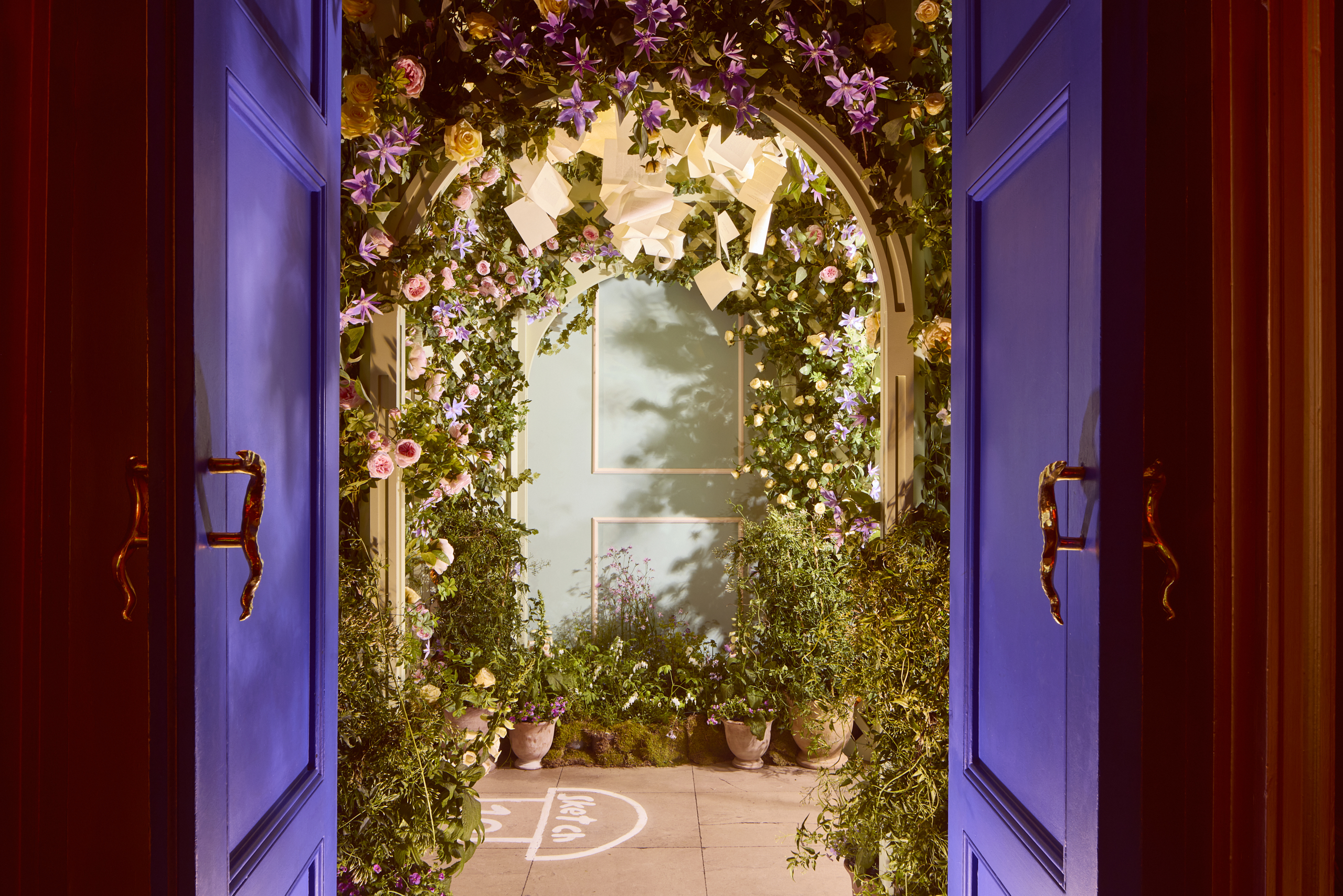 Sketch transforms into an English garden in celebration of Jane Austen’s 250th birthday
Sketch transforms into an English garden in celebration of Jane Austen’s 250th birthdayThe 11th edition of ‘Sketch in Bloom’ nods to the most notable works of Jane Austen with budding floral installations and a quintessentially English afternoon tea
-
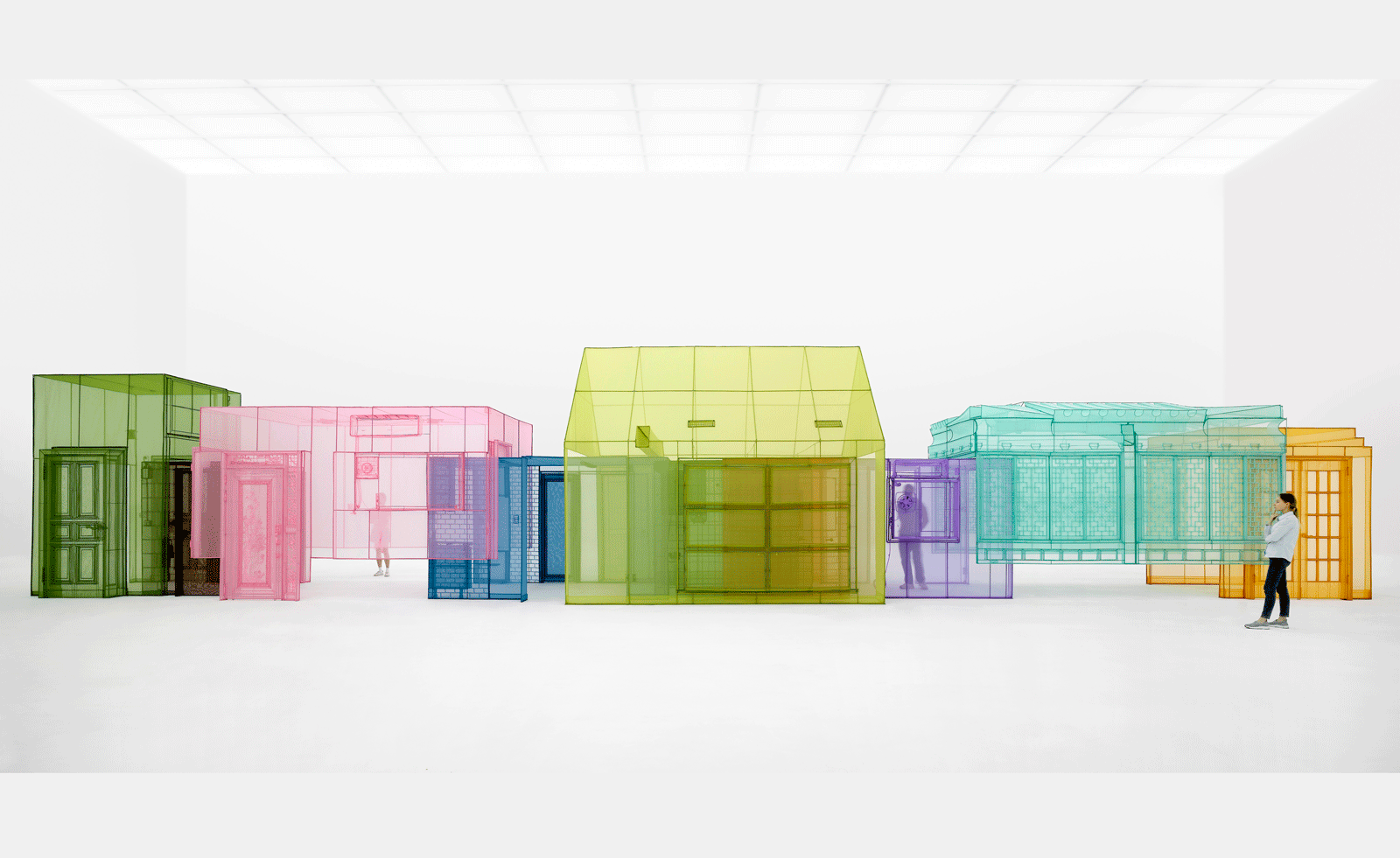 Do Ho Suh is searching for home in a major new exhibition at the Tate Modern
Do Ho Suh is searching for home in a major new exhibition at the Tate ModernDo Ho Suh's exhibition, 'Walk the House' at Tate Modern, sees the South Korean artist recreate his homes from Seoul, New York, London and Berlin.